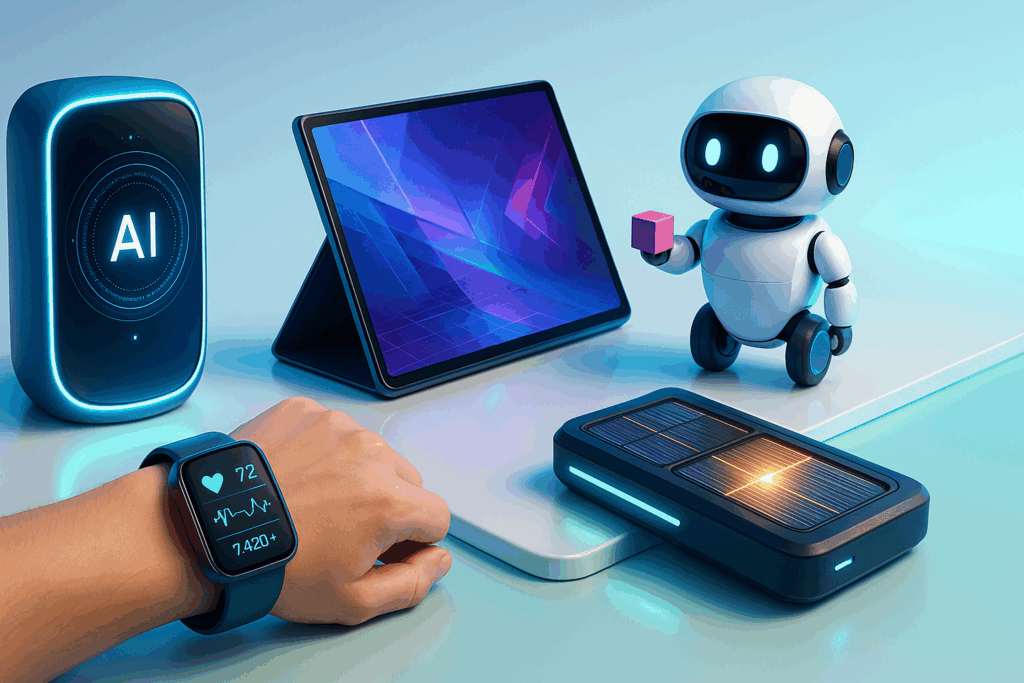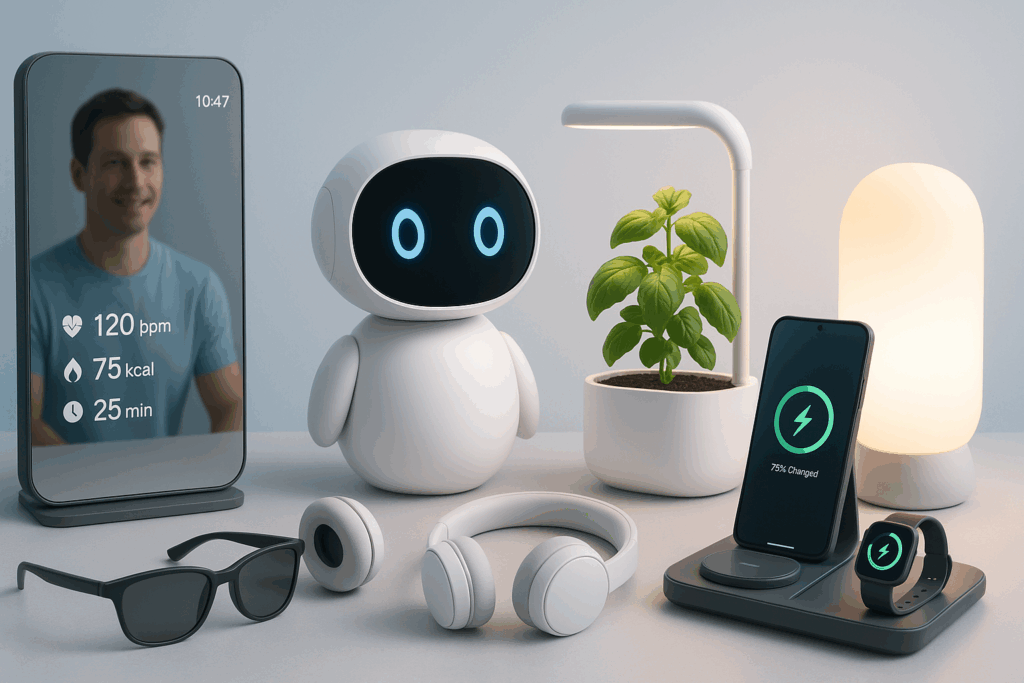Wearable Tech in 2025: How Devices are Shaping Everyday Health and Habits
Wearable technology has become increasingly integrated into our daily lives by 2025, evolving far beyond early fitness trackers. People from all walks of life—students, professionals, seniors—now rely on wearables not just to count steps, but to monitor health, develop better habits, and stay connected to their well-being in subtle ways.
It’s fascinating how a small device worn on the wrist or clipped to clothing can change the way we relate to our bodies. Personally, I never expected a watch to nudge me towards standing up just a bit more or to track my sleep patterns so closely, but it’s become a sort of quiet companion. Many friends talk about how their devices help remind them to stay hydrated, breathe deeply when stressed, or even notice when their heart rate acts up before they do.
One feature that seems to resonate widely is sleep tracking. It’s less about the raw numbers of hours slept and more about getting context—how restlessness in the night correlates with caffeine intake or late-night screen time, for example. That’s encouraged a bit of experimentation, like cutting back on afternoon espresso or shifting bedtime by increments to see what feels best. Some weeks it works, some weeks it’s harder and I think that variability is a reminder that these devices aren’t magic.
Of course, not all wearables are created equal, and there’s a vast range—from simple step counters to watches with ECG functions and pulse oximeters. The price range reflects this, and so does the kind of data you get. It’s tempting to dive into the most capable devices, but for many, the simpler models do the trick just fine, especially if they sync easily to phones or computers where you can analyze long-term trends.
Besides health, wearables have quietly influenced habits. The gentle buzz reminding you to get moving, the alarms set for mindfulness breaks, or the satisfaction of seeing a small green ring close at day’s end—these nudges help build a little momentum. I’ve noticed on days those reminders come through, I take a short walk, stretch more, or pause for a breathing moment without overthinking it.
There’s also a social element, albeit a subtle one. Challenges among friends or coworkers, sharing daily goals, or even just casually comparing stats can spark motivation. However, some people find this gamification irritating or stressful, so it’s important the devices feel like tools, not overseers.
Battery life remains a practical concern. While some models boast week-long use, real-world experience varies widely depending on features like GPS or continuous heart monitoring. Having to charge daily can diminish the sense of wearing a seamless, helpful device. Luckily, many newer models allow fast charging, or use power-saving modes that stretch battery life over days.
The aesthetics of wearables matter too. People want something that fits comfortably, looks good with their style, and doesn’t feel bulky or fragile. While tech companies have made strides toward sleek designs, personal preferences vary greatly, and even the most advanced features can’t overcome discomfort.
Ultimately, wearable technology in 2025 is less about flashy hardware and more about integration into life’s rhythms. It’s not uncommon to hear people refer affectionately to their devices—not as gadgets, but as trusted companions that quietly help them take better care of themselves.
That said, technology doesn’t replace human judgment or care. If you notice something concerning, a watch can’t replace a doctor’s appointment. But these devices do offer a kind of early awareness that might otherwise slip unnoticed.
From sheer convenience to subtle mindfulness, wearables carry potential for many, but success depends on using them in ways that feel natural and sustainable. Like any habit, it’s a process—with ups and downs, moments of attention and forgetfulness.
Here’s to the quiet, wrist-worn helpers making 2025 a bit healthier, one reminder at a time.

